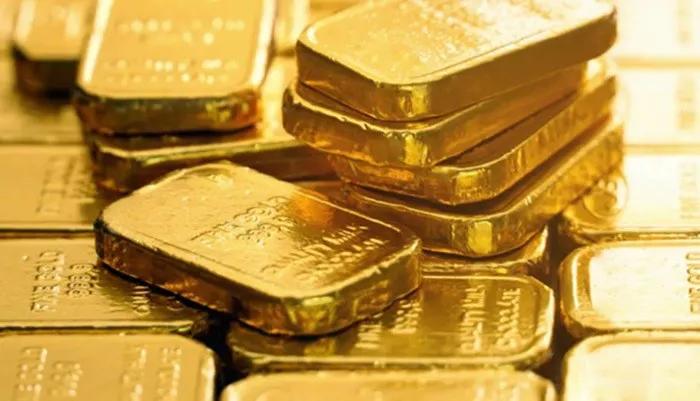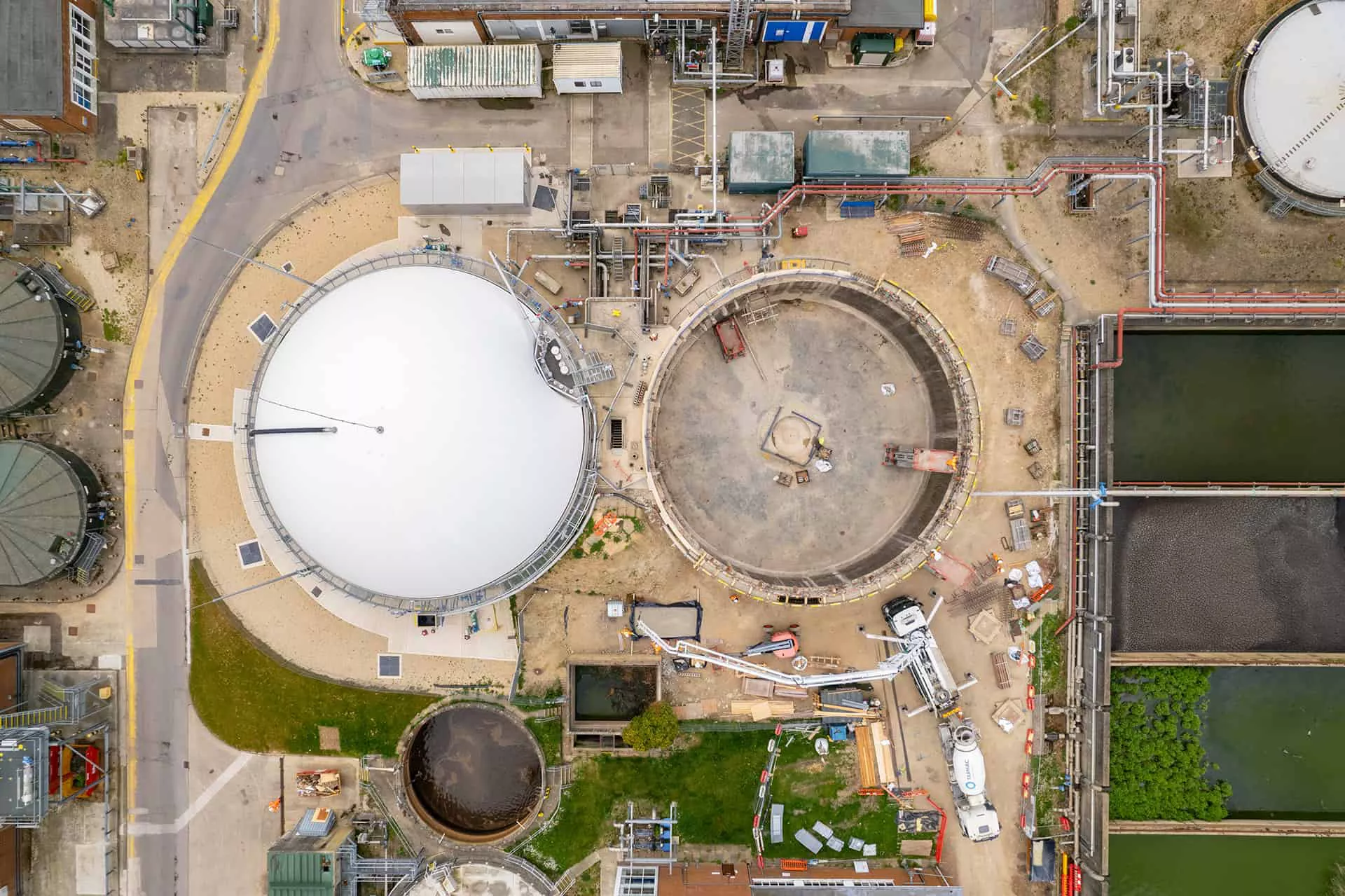Gold has been a symbol of wealth and a valuable resource for thousands of years. Its rarity and unique properties make it a crucial element in finance, industry, and jewelry. But how much gold is actually available in the world? This article will explore the estimated amount of gold in existence, how it is distributed, and the factors influencing gold supply.
The Total Amount of Gold on Earth
Estimating the total amount of gold on Earth is a complex task that involves considering gold mined throughout history, undiscovered reserves, and the gold present in the Earth’s crust.
Gold Mined Throughout History
As of 2024, it is estimated that approximately 205,000 metric tons of gold have been mined throughout history. This includes gold extracted from various sources such as gold mines, placer deposits, and historical artifacts.
Historical Mining Trends
Ancient Times: Gold mining dates back to ancient civilizations, including the Egyptians, Romans, and Chinese. These early mining operations produced relatively small quantities of gold compared to modern standards.
Medieval and Renaissance Periods: Mining techniques improved over time, leading to increased gold production. However, it was still limited compared to modern mining operations.
Industrial Era: The advent of industrial mining in the 19th and 20th centuries significantly increased gold production. Innovations in mining technology and techniques allowed for the extraction of gold from lower-grade ores.
Gold in the Earth’s Crust
Gold is present in the Earth’s crust, albeit in small quantities. The estimated concentration of gold in the Earth’s crust is about 0.004 parts per million. This means that for every million grams of Earth’s crust, there are approximately 4 grams of gold.
Extractable Gold Reserves
Known Reserves: Estimates suggest that there are about 50,000 to 60,000 metric tons of extractable gold reserves still in the ground. These reserves are located in various countries and are often found in gold-rich deposits and ore bodies.
Undiscovered Reserves: The actual amount of gold in the Earth’s crust could be higher than current estimates, as not all gold deposits have been discovered or evaluated.
Distribution of Gold
Gold is distributed unevenly across the globe. The concentration of gold deposits and the extent of mining operations vary by region.
Major Gold-Producing Countries
Several countries are known for their significant gold production. These countries have large-scale mining operations and substantial gold reserves.
China: China is the largest producer of gold, contributing a significant share of the world’s annual gold output.
Australia: Australia is another major gold producer with extensive gold mining operations.
Russia: Russia has substantial gold reserves and is a leading gold producer.
United States: The U.S. has a rich history of gold mining, with major gold-producing states including Nevada and Alaska.
Gold in Investment and Jewelry
Gold is widely used in investment and jewelry. Its distribution in these forms impacts the overall supply of gold available.
Gold Bullion: Gold bars and coins held by central banks, financial institutions, and private investors constitute a significant portion of the world’s gold supply. As of 2024, it is estimated that there are approximately 33,000 metric tons of gold held in investment form.
Jewelry: A large portion of mined gold is used in jewelry. Gold jewelry accounts for roughly 50% of the total gold demand, translating to a significant amount of gold being held in this form.
Factors Influencing Gold Supply
Several factors influence the availability and distribution of gold, including mining technology, economic conditions, and environmental regulations.
Advancements in Mining Technology
Modern Techniques: Innovations in mining technology have allowed for the extraction of gold from lower-grade ores and more challenging environments. Techniques such as heap leaching and underground mining have expanded the reach of gold mining operations.
Cost and Efficiency: Advances in technology have made gold mining more cost-effective, enabling the extraction of gold from previously uneconomic deposits.
Economic and Market Conditions
Gold Prices: The price of gold influences mining activity. Higher gold prices make it more profitable to mine and extract gold, potentially increasing the supply of gold on the market.
Investment Demand: Fluctuations in investor demand for gold can impact the amount of gold held in investment form. Increased demand for gold as a safe-haven asset or for portfolio diversification can drive up prices and influence supply.
Environmental and Regulatory Considerations
Regulations: Environmental regulations and policies can affect gold mining operations. Stricter environmental standards may increase the cost of mining or limit access to certain deposits.
Sustainability: Efforts to improve the sustainability of gold mining operations aim to minimize environmental impact and ensure responsible resource management.
Gold Recycling and Secondary Supply
Gold recycling plays a crucial role in the overall gold supply chain. Recycled gold contributes to the availability of gold and helps reduce the reliance on primary mining.
Recycling Gold from Jewelry and Electronics
Jewelry: Gold jewelry that is no longer used or desired can be melted down and refined for reuse. This process recovers gold from old jewelry and returns it to the market.
Electronics: Gold is used in various electronic devices, such as smartphones and computers. Recycling these devices allows for the recovery of gold and other precious metals.
Impact on Gold Supply
Recycling Rates: The rate of gold recycling impacts the supply of gold available for investment and industrial use. Higher recycling rates can help offset the need for new gold mining and contribute to a more sustainable supply chain.
Secondary Supply Contribution: Recycled gold accounts for a significant portion of the gold supply, contributing to overall availability and reducing the reliance on primary gold production.
See Also: Why Is Platinum Cheaper Than Gold?
Future Prospects for Gold Supply
The future of gold supply is influenced by several factors, including exploration, technological advancements, and market trends.
Exploration and Discovery
New Deposits: Ongoing exploration efforts aim to discover new gold deposits and expand known reserves. Advances in geological surveys and exploration technology may lead to the identification of additional gold resources.
Deep Mining: Exploration of deeper and more challenging deposits could increase the supply of gold. However, this comes with higher costs and technical challenges.
Technological Innovations
Extraction Techniques: Innovations in extraction techniques may enhance the efficiency and effectiveness of gold mining. Technologies such as automation and improved processing methods could impact the future supply of gold.
Alternative Sources: Research into alternative sources of gold, such as ocean mining or asteroid mining, may influence the long-term supply of gold.
Market Dynamics
Demand Trends: Changes in demand for gold, driven by factors such as economic conditions and investor sentiment, will affect the balance between supply and demand.
Price Fluctuations: Fluctuations in gold prices can impact mining activity and investment decisions, influencing the overall supply of gold in the market.
Conclusion
Estimating the total amount of gold in the world involves considering both the gold that has been mined and the gold still present in the Earth’s crust. With approximately 205,000 metric tons of gold mined throughout history and an estimated 50,000 to 60,000 metric tons of extractable gold reserves, the total amount of gold available is substantial. The distribution of gold varies by region and use, with significant quantities held in investment forms and jewelry.
Factors such as advancements in mining technology, economic conditions, and environmental regulations play a crucial role in shaping the gold supply. Additionally, gold recycling contributes to the overall supply and helps reduce the reliance on primary mining.
Looking ahead, exploration efforts, technological innovations, and market dynamics will continue to influence the future prospects for gold supply. As a valuable and sought-after resource, gold remains a key element in finance, industry, and global markets. Understanding the factors that affect its supply provides valuable insights into its role and significance in the modern world.
[inline_related_posts title=”You Might Be Interested In” title_align=”left” style=”list” number=”3″ align=”none” ids=”3744,3741,3668″ by=”categories” orderby=”rand” order=”DESC” hide_thumb=”no” thumb_right=”no” views=”no” date=”yes” grid_columns=”2″ post_type=”” tax=””]

































